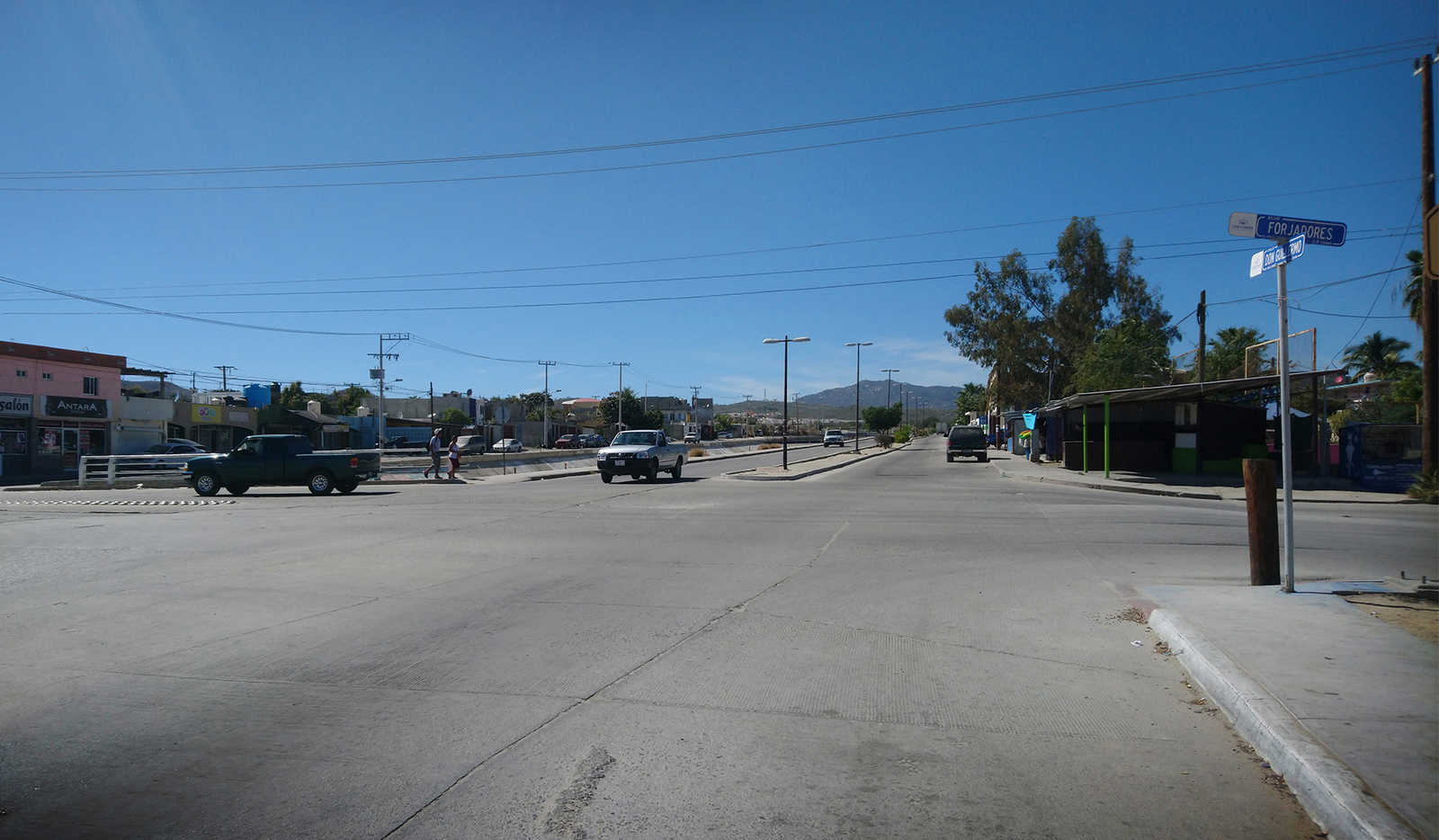Global issues. In recent years, the issue of climate change has increasingly entered the public discourse. Of particular importance for conventional urban development: urban resilience and climate-resilient cities. But what are we talking about when we talk about urban resilience, and what challenges will the cities of tomorrow face in the future?
While cities continue to grow and combine living, working and urbanity as metropolitan areas, they are subject to environmental factors. In this context, human-induced climate change increases the risks for urban living spaces and has serious implications for infrastructure. But social inequalities, societal problems as well war also affect the city as a closed system. These circumstances influence the way cities are built and planned. How climate-resilient the cities of tomorrow will be, depends on their design.

What is urban resilience?

The technical term resilience originates from ecology and was first used in the 1970s. It describes the ability of a system to maintain or restore its ability to function in the event of a disruption or disturbance. Urban resilience thus describes the ability of different actors (institutions, business, individuals) to adapt to changing conditions, to survive and even to continue to grow.
Urban resilience seeks solutions to the challenges and developments of our time: climate change, globalization and urbanization, but also social inequalities. The aim of urban development is to reduce the risk of disasters and to adapt our urban habitat to the consequences of climate change. For this to be successful, a holistic approach is needed that takes local conditions into account.
Urban resilience: What challenges for the cities of tomorrow?
Cities as urban habitats are exposed to several climatic and geographic risks. On the one hand, heat with droughts, which cause food insecurity, and in cities themselves, the creation of urban heat islands due to the excessive use of asphalt, steel and glass. On the other hand, heavy rainfall can lead to flooding and overwhelm water drainage systems, but hurricanes and earthquakes are also concrete dangers for cities.
Beyond the risks posed by man-made climate change, cities also face other problems. From cyber-attacks that cripple critical infrastructure to societal problems such as: Unemployment, violence, food insecurity and water stress. The factors and challenges that impact our capacity for resilience are many, though the future is uncertain.
One way to increase the resilience in cities are the so-called green infrastructure systems. At an urban scale, these systems consist of interconnected green areas, almost always complemented by blue infrastructure (ponds or lakes). Green infrastructure aims to preserve the natural conditions of the environment, reducing temperatures and allowing the infiltration of clean water to the subsoil. Examples of green infrastructure are: parks, urban forests, rain gardens, infiltration planters, permeable pavements and green roofs with rainwater harvesting.

